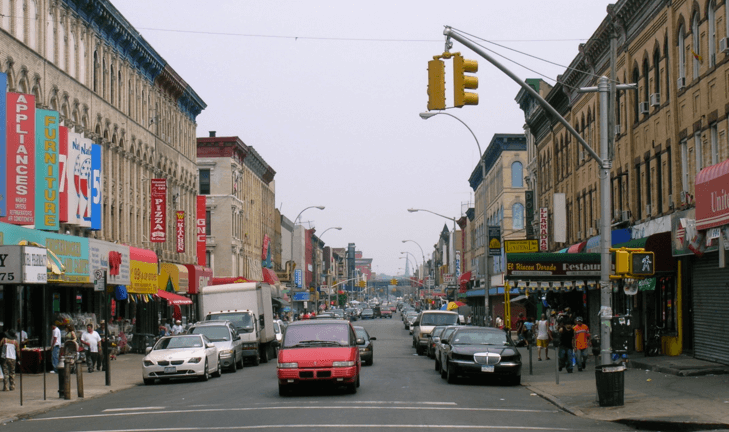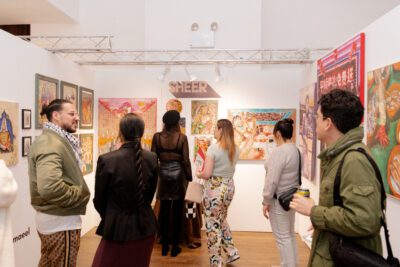The Creation of a Bushwick 200 List Incites a Racially Charged Debate

Bushwick: Full of “influencers”
The new year has ushered in new controversy in Bushwick as local art gallery Fuchs Projects prepares to launch its “200 Most Influential People in 2016” list, in the hopes of acknowledging the neighborhood’s women and men who have been “transforming the conventional.” The list has sparked a tense, racially charged debate, which started not long after Fuchs Projects posted a Facebook event inviting the community to participate in the creation of the list, which remains an ongoing project that will culminate this December.
Fuchs Projects’ owner Rafael Fuchs told DNAinfo that this list’s intention is to highlight individuals in the fields of arts, restaurants and bars, music, performing arts, entertainment, health, lodging, gaming, design and hi-tech, and that the “Bushwick 200” will be chosen by experts in those respected categories, and is supposed to be a true reflection of the community. But instead of being embraced by said community, the list was meet with frustrated residents who questioned the effect that such a list would cause to an already gentrified and increasingly prohibitively expensive neighborhood.


Screenshot via Bedford + Bowery
Comments like “Real estate developers are using art to evict my family” were left on the Fuchs Projects’ Facebook event, leading the art gallery to remove the comments section of the event, though screenshots of the conversation still exist. Not everyone is opposed to this list, however. DNAinfo reports that Ethan Pettit, a Park Slope gallery owner, responded to complainers by saying: “Lighten up y’all. In the real world out there beyond the borders of ethnocentric barrio you seek to preserve, these kinds of ‘200’ lists are routine, healthy and illuminating.”
And while we do believe that the project was made with the purpose of empowering the community and encouraging growth, sometimes good intentions just aren’t enough—especially when these lists are celebrating people who have flourished as a result of erasing the culture that predated them—or even giving the appearance of doing so. However, it’s also impossible to judge at this point, when the list hasn’t even been fully compiled yet. So as hard as it is to applaud intentions when these lists represent gentrification to entire communities and families who have been uprooted and displaced because past “good intentions” have tended to favor new—and generally white, wealthy—faces, perhaps it’s best to just wait and see.
You might also like 



















